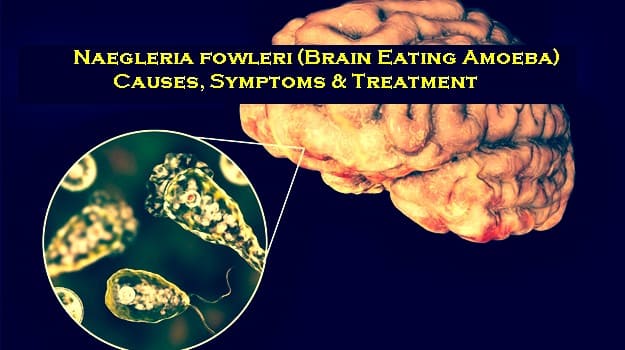Description

Disclaimer: Copyright infringement not intended.
Context
- South Korea reported its first case of infection fromNaegleria fowleri or “brain-eating amoeba”.
What is Naegleria fowleri?
- Naegleria is an amoeba, a single-celled organism, and only one of its species, called Naegleria fowleri, can infect humans.
- It was first discovered in Australia in 1965 and is commonly found in warm freshwater bodies, such as hot springs, rivers and lakes.
How does it infect humans?
- The amoeba enters the human body through the nose and then travels up to the brain. This can usually happen when someone goes for a swim, or dive or even when they dip their head in a freshwater body. In some cases, it was found that people got infected when they cleaned their nostrils with contaminated water. Scientists haven’t found any evidence of the spreading of Naegleria fowleri through water vapour or aerosol droplets.
- Once Naegleria fowlerigoes to the brain, it destroys brain tissues and causes a dangerous infection known as primary amebic meningoencephalitis (PAM).
What are the symptoms of PAM?
- The first signs of PAM start showing within one to 12 days after the infection. In the initial stages, they might be similar to symptoms of meningitis, which are headache, nausea and fever. In the later stages, one can suffer from a stiff neck, seizures, hallucinations, and even coma.
- The infection spreads rapidly and on average causes death within about five days.
- The fatality of PAM is as such that only four people have survived out of 154 known infected individuals in the United States from 1962 to 2021.
.jpg)
What is the treatment for the infection?
- As the Naegleria fowleri infection is rare and progresses quickly, scientists haven’t been able to identify any effective treatments yet. At present, doctors treat it with a combination of drugs, including amphotericin B, azithromycin, fluconazole, rifampin, miltefosine, and dexamethasone.
Can climate change increase the spread of the infection?
- With the rising global temperatures, the chances of gettingNaegleria fowleri infection will go up as the amoeba mainly thrives in warm freshwater bodies. The organism best grows in high temperatures up to 46°C and sometimes can survive at even higher temperatures.
- Various recent studies have found that excess atmospheric carbon dioxide has led to an increase in the temperature of lakes and rivers. These conditions provide a more favourable environment for the amoeba to grow. Heat waves, when air and water temperatures may be higher than usual, may also allow the amoeba to thrive.
- So far, Naegleria fowlerihas been found in all continents and declared as the cause of PAM in over 16 countries, including India.

https://indianexpress.com/article/explained/explained-health/brain-eating-amoeba-kills-south-korean-man-what-is-this-infection-8346969/
















